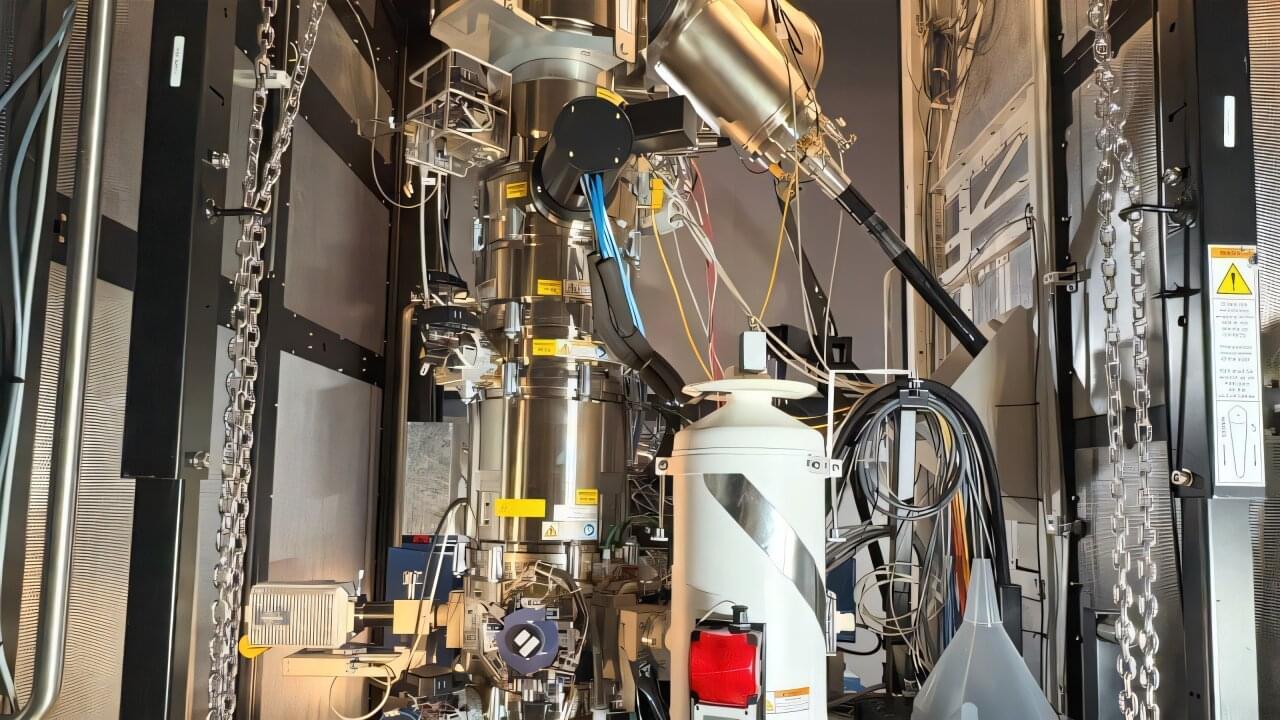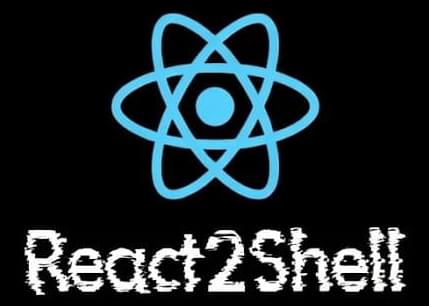The microscopic processes taking place in superconductors are difficult to observe directly. Researchers at the RPTU University of Kaiserslautern-Landau have therefore implemented a quantum simulation of the Josephson effect: They separated two Bose-Einstein condensates (BECs) by means of an extremely thin optical barrier.
The characteristic Shapiro steps were observed in the atomic system. The research was published in the journal Science.
Two superconductors separated by a wafer-thin insulating layer—that’s how simple a Josephson junction looks. But despite its simple structure, it harbors a quantum mechanical effect that is now one of the most important tools of modern technology: Josephson contacts form the heart of many quantum computers and enable high-precision measurements—such as the measurement of very weak magnetic fields.









